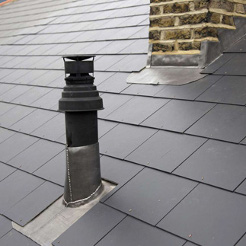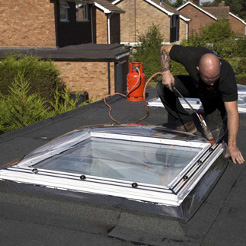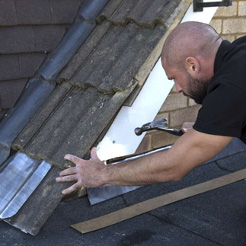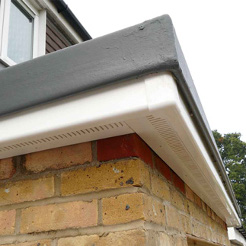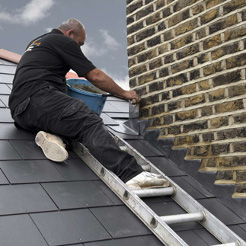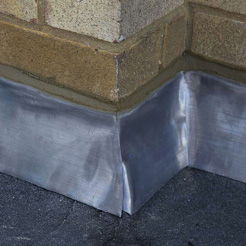Building a new roof is a big investment for any homeowner. It’s important to make sure that you follow all the necessary building regulations to ensure that your roof complies with all the criteria. In this blog post, we’ll provide an overview of the building regulations for a new roof. We’ll cover everything from the type of materials you can use to the setback requirements. By following these guidelines, you can be confident that your new roof will be safe and compliant with local building codes.
How are the building regulations for a new roof decided?
When it comes to roofing, ensuring that all building regulations are followed for the installation of a new roof is an essential step in protecting your investment and ensuring structural stability. The regulations can vary widely depending on the type of roof you’re selecting, so making sure you understand your options and research the local building codes before beginning any work can save you precious time and money later down the line. Professional roofers should always be well-informed of these restrictions and be prepared to provide advice and expertise.
Building regulations for pitched roofs
Pitched roofs are one of the most popular roofing choices for many homeowners due to their ability to provide better protection from the elements and increased aesthetic appeal. When building a pitched roof, it’s important to adhere to local building regulations in order to ensure that your property is structurally safe and compliant with local laws. The first step in adhering to building regulations for a pitched roof is selecting an appropriate pitch or slope. This will determine the degree of incline on the roof, as well as its ability to drain water off effectively and safely. Depending on the area you live in, there may be more specific requirements when it comes to pitch, so it’s always best to follow the advice of a professional before beginning any work.
When installing a new pitched roof, you’ll also need to ensure that you’re using materials that meet local building regulations. Each material has its own advantages and disadvantages when it comes to longevity, energy efficiency, and cost effectiveness – so make sure you do your research before settling on one option over another! Additionally, some jurisdictions may have restrictions in place regarding which materials can or cannot be used depending on climate or other factors. Finally, there are also setback requirements for pitched roofs that must be taken into consideration when planning an installation. In general, these refer to how close the edge of the roof can come without encroaching over neighbouring properties or public spaces. It’s important to check this before beginning work!
Building regulations for flat roofs
Building a flat roof is becoming increasingly popular due to its relatively low cost and minimal maintenance requirements. However, as with any structure, there are still certain building regulations that must be followed in order to ensure structural integrity and safety. When installing a flat roof, the most important considerations are load-bearing capacity and water drainage. The load capacity of a flat roof is determined by the supporting walls or columns below it, so these must be able to bear the weight of the materials you plan on using for your roof.
Additionally, flat roofs are prone to pooling water if not properly angled – so ensure that sufficient drainage is provided by inclining the surface away from any potential flooding sources.
Building regulations for insulation and ventilation
When dealing with roofing, it is essential to ensure the insulation and ventilation requirements are adequately met. Proper insulation helps protect against cold and heat infiltration, while ventilation helps regulate your home environmental comfort needs during both the hot and cold months. To make sure you get the best result possible when considering a new roof, always factor in these important considerations so that you can be sure that it meets all requirements.
Have your new roof inspected by a licensed professional
Installing a new roof is an exciting and important process for any homeowner. Before you are able to enjoy the benefits of your new roof, however, it is essential that it meets all building code requirements. The best way to guarantee that your roof will pass inspection is to hire a licensed professional to inspect your new roof. A licensed professional has the experience and expertise to properly assess whether or not your roof meets building codes. Investing in a qualified professional now can save you time and money in the long run.
Roofing regulations – The key points
Installing a new roof is a big commitment, so it’s important to make sure you follow all of the necessary regulations and requirements. Depending on what type of roof you’re installing, the regulations will vary greatly. For pitched roofs, make sure the minimum and maximum pitch meet building code, as well as any wind load requirements. For flat roofs, make sure the minimum and maximum slope meet building code, as well as any fire rating requirements are met. Be sure to take into consideration insulation and ventilation needs, too! After you complete your project – make sure to have it inspected by a professional. This will help ensure that all the regulations and requirements have been met in order to keep you from running into legal or safety problems down the line. When in doubt, always consult a professional for expert advice. If you have any other questions about installing a new roof or the necessary building codes that apply in your area, contact a professional like Roof Rescue for more information.

